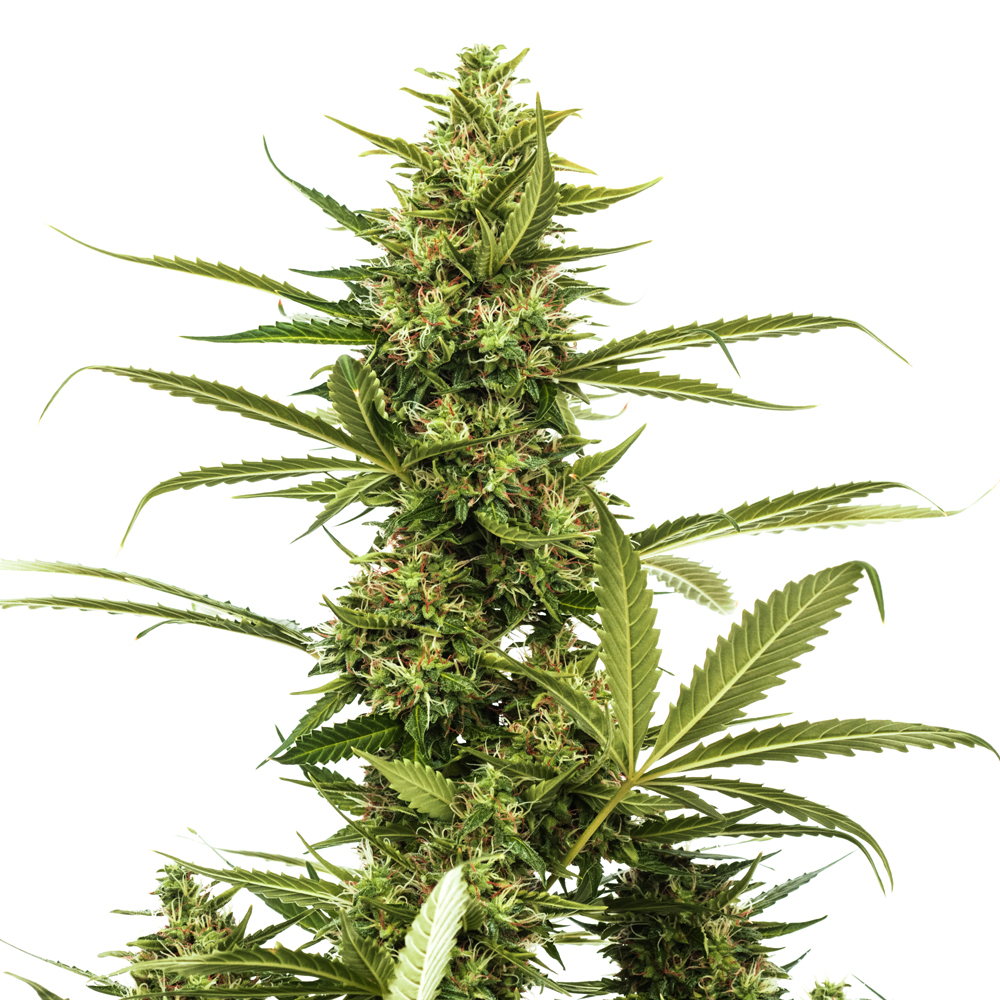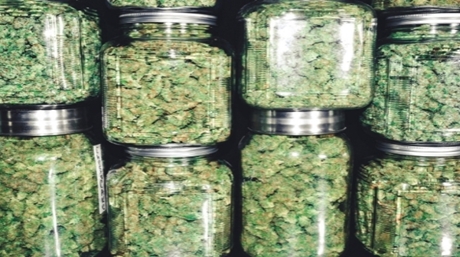The best cannabis seed germinating methods
In this article, you will find answers to the following questions: what are the methods for seed germination in marijuana, how can I germinate cannabis seeds effectively, what techniques can be used for germinating marijuana seeds, what are some common methods of germinating pot seeds, how do I ensure proper germination of weed seeds,

The importance of high-quality cannabis seeds
When it comes to cannabis growing, the importance of high-quality cannabis seeds genetics cannot be overstated. The genetic makeup of your weed seeds plays a pivotal role in determining the overall quality, potency, and characteristics of your plants. Opting for superior cannabis seeds ensures that you start your growing journey with a strong foundation. High-quality weed seeds possess the traits and attributes necessary for vigorous growth, disease resistance, and the potential for impressive yields. So, whether you’re a seasoned cultivator or a beginner in the world of cannabis growing, investing in top-notch cannabis seeds is a crucial step toward, achieving your desired results. Remember, the quality of your seeds sets the stage for the entire growing process, making it a key consideration for any successful cannabis cultivation endeavor.
Growing your own marijuana plants can be an incredibly rewarding experience. The process starts right from the germination stage, where your seeds start their journey to becoming full-fledged plants. However, the germination process isn’t as simple as placing a seed in some soil and watching it grow. It requires careful attention to detail, meticulous technique, and a keen understanding of the growing marijuana process. In this article, we’ll walk through different germination methods and techniques that you can use to start your pot seeds. We’ll delve into the specifics, covering everything from preliminary steps to advanced strategies that can boost your success rate.
Before diving in, it’s essential to understand what germination actually is. In essence, germination is the process where new life emerges from a seed. It’s the first step in the growing process, where your marijuana seeds begin their transformation into healthy, bountiful plants.
To begin with, let’s discuss the different types of cannabis seeds that are available for growing marijuana. Choosing the right seed can make a world of difference when it comes to the germination process. The two main types of pot seeds are regular seeds and feminized seeds. Regular seeds produce both male and female plants, whereas feminized seeds have been genetically altered to produce only female plants, which are the ones that produce the consumable marijuana flowers. Choose the type that best fits your weed growing needs.

Properly germinating marijuana seeds is a fundamental aspect of cannabis growing. The germination process sets the stage for your cannabis seeds to begin their transformation into thriving plants. By providing the right conditions and care during germination, you ensure that your marijuana seeds have the best possible start. Maintaining a warm and humid environment, using the right germination method, and being patient are key elements of successful germination. The goal is to encourage the seeds to sprout and develop healthy taproots, which will eventually give rise to strong and vibrant marijuana plants. So, pay close attention to the germination phase, as it lays the groundwork for a successful growing journey.
Now, let’s get to the meat of the subject: the germination methods and techniques for your cannabis seeds.
1. Direct Soil Germination
This is the most straightforward method for germinating cannabis seeds. In this method, you place the seeds directly into the growing medium—usually soil—and let nature take its course. Ensure the soil is moist, but not waterlogged, and the seeds are planted about an inch deep. Keep the soil temperature between 20-25°C (68-77°F), which is the ideal temperature range for weed seed germination. Remember to keep the soil consistently moist throughout the germination process.

2. Water Soak Method
In this method, you soak your marijuana seeds in a glass at room temperature water until they start to sprout. This usually takes about 24-48 hours. Once the taproot appears, carefully transfer the seeds to your growing medium. This method is often favored for its simplicity and effectiveness.
3. Paper Towel Method
For this technique, you’ll need two plates, a few paper towels, and your seeds. Wet the paper towels but ensure they’re not dripping wet. Place your seeds on one of the damp paper towels and cover them with the second one. Put this setup between the two plates, creating a dome-like structure. Store it in a warm and dark place. Make sure to keep the paper towels moist during the germination process. Your seeds should sprout in a few days.
4. Starter Cubes & Seedling Plugs
This method involves using starter cubes or seedling plugs—made from materials like rockwool, peat, or coco coir—to germinate your seeds. They are designed to provide an ideal germination environment. Simply place the seed into the hole of the plug or cube, keep it moist, and in a warm place. Once the seedlings have developed a set of leaves, they can be transplanted into their final growing medium.

5. Germination Stations or Kits
These are commercial products designed specifically for germinating seeds, including weed seeds. They usually include a seed tray, a humidity dome, and sometimes even a heating element to maintain the ideal temperature.
Each of these germination methods has its pros and cons, and the choice depends largely on your individual growing situation. For example, the direct soil germination method, while simple, may not be the best option if your seeds are old or if you’re using soil that doesn’t drain well. The water soak method, while effective, can risk drowning your seeds if they’re left in the water for too long. The paper towel method provides a good balance between control and simplicity but requires careful handling of the delicate sprouted seeds.
Whichever method you choose, remember that patience is key in the growing process. Cannabis seeds can take anywhere from 24 hours to 7 days to germinate. Keep an eye on your marijuana seeds throughout this process, ensuring they remain in a warm and humid environment, and you’ll soon see them start to sprout.
Now that you have a solid understanding of the different germination methods, let’s delve into some specific tips and techniques to maximize your success.
Tip 1: Handle with Care: Pot seeds are delicate and should be handled with care at all stages of the germination process. Ensure your hands are clean when handling, and avoid touching the white taproot when the seeds start to sprout.
Tip 2: Maintain the Right Conditions: As mentioned earlier, marijuana seeds prefer a warm and humid environment for germination. Aim to keep the temperature around 20-25°C (68-77°F) and the humidity at about 70%.
Tip 3: Use Fresh Seeds: While seeds can germinate even after a few years of storage, fresh seeds generally have a higher success rate. If you’re serious about growing marijuana, it’s worth investing in quality, fresh seeds.
Tip 4: Avoid Overwatering: Overwatering is a common mistake when germinating seeds. The growing medium should be kept moist, not soaking wet. Overwatering can lead to rot and can drown the seeds, preventing them from getting the oxygen they need.
Tip 5: Be Patient: Germination takes time, so patience is essential. Resist the urge to poke or prod your seeds in an attempt to speed up the process.
CONCLUSION
The germination stage is a crucial part of the cannabis growing process. It requires careful attention, the right conditions, and a deep understanding of what seeds need to successfully sprout and start their journey to becoming robust pot plants. Whether you’re a seasoned grower or a novice embarking on your first weed, growing adventure, remember that a successful germination is the first step towards a healthy and fruitful harvest.
Recognizing viable and dead cannabis seeds is an important skill for any grower. Viable seeds are those that have the potential to germinate and develop into healthy plants. They are typically firm, dark-colored, and display tiger stripes or other patterns. In contrast, dead seeds are often pale, cracked, or damaged. They may feel hollow or lightweight when touched. It’s crucial to identify viable seeds to ensure a successful germination process and maximize your chances of obtaining strong, healthy plants. Carefully inspect your seeds before germination, discarding any that show signs of being dead or compromised.
Properly storing marijuana seeds is crucial, especially if you want to preserve their viability for an extended period. To store marijuana seeds for over a year, it’s important to create the right conditions that promote longevity. The two main factors to consider are temperature and moisture. Cannabis seeds should be stored in a cool, dark, and dry place, ideally in an airtight container. A temperature range of 5-10°C (41-50°F) is optimal for long-term storage. Additionally, ensuring that the seeds are free from moisture and humidity helps prevent mold or rot. By following these storage guidelines, you can keep your marijuana seeds viable for future use, maintaining their quality and potential for successful germination.
Differentiating ripe weed seeds from unripe ones is essential to ensure the best possible results in your cultivation efforts. Ripe pot seeds typically have a dark or mottled appearance, with a hard outer shell that resists pressure. They should feel firm and have a mature coloration, such as brown, black, or gray. In contrast, unripe seeds may appear light green or white and feel soft or pliable to the touch. It’s crucial to select ripe seeds for germination to maximize your chances of success and obtain healthy, vibrant plants. By carefully examining the appearance and texture of your seeds, you can ensure that you’re starting with viable, mature seeds.
Happy growing!
FAQs
1. What is the most common method for germinating cannabis seeds?
The most common method is the paper towel technique. It involves placing seeds between moist paper towels and keeping them in a warm, dark environment until they sprout.
2. How long does it typically take for cannabis seeds to germinate?
weed seeds usually take anywhere from 24 hours to 7 days to germinate, depending on the method used and the conditions provided.
3. Can I use tap water to germinate cannabis seeds?
Yes, you can use tap water, but it’s recommended to let it sit for a few hours to allow chlorine to evaporate, as high chlorine levels can affect germination success.















